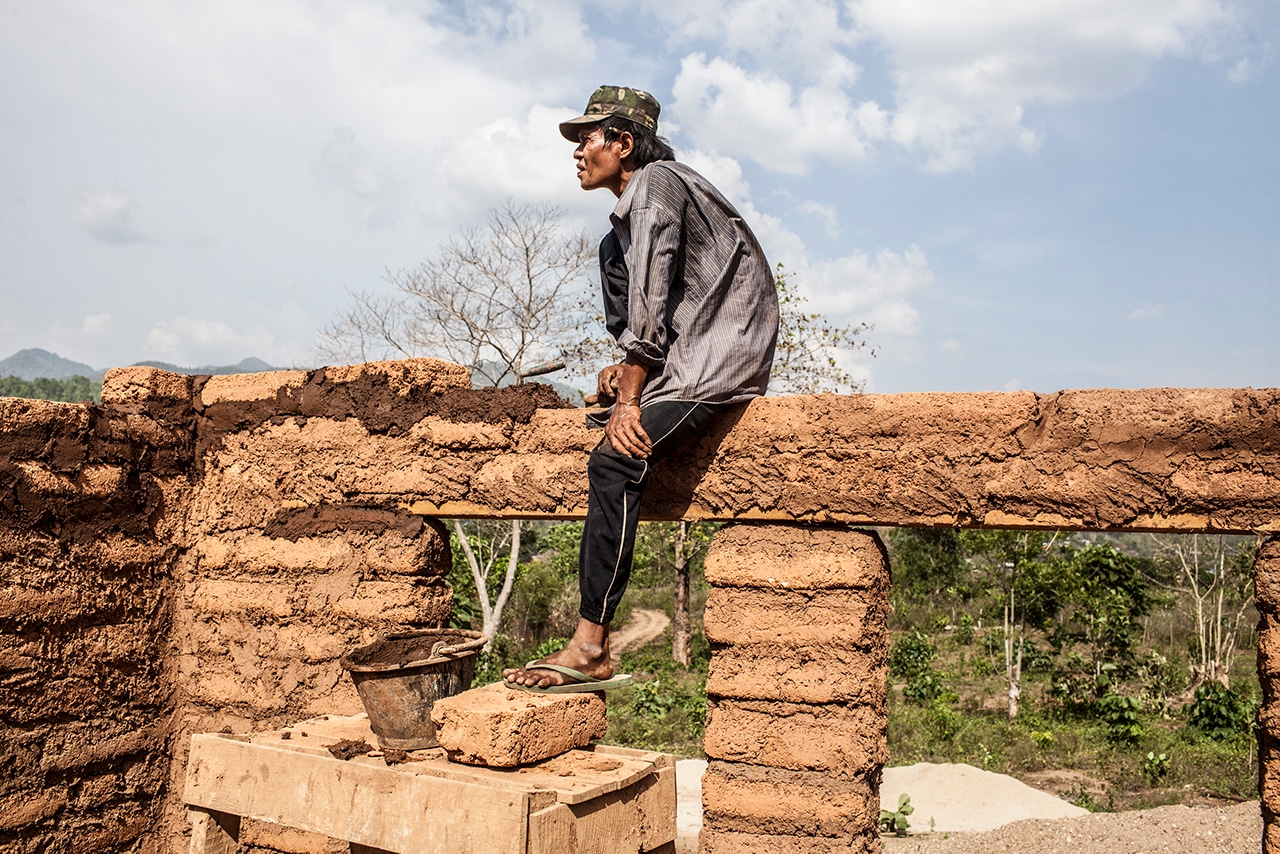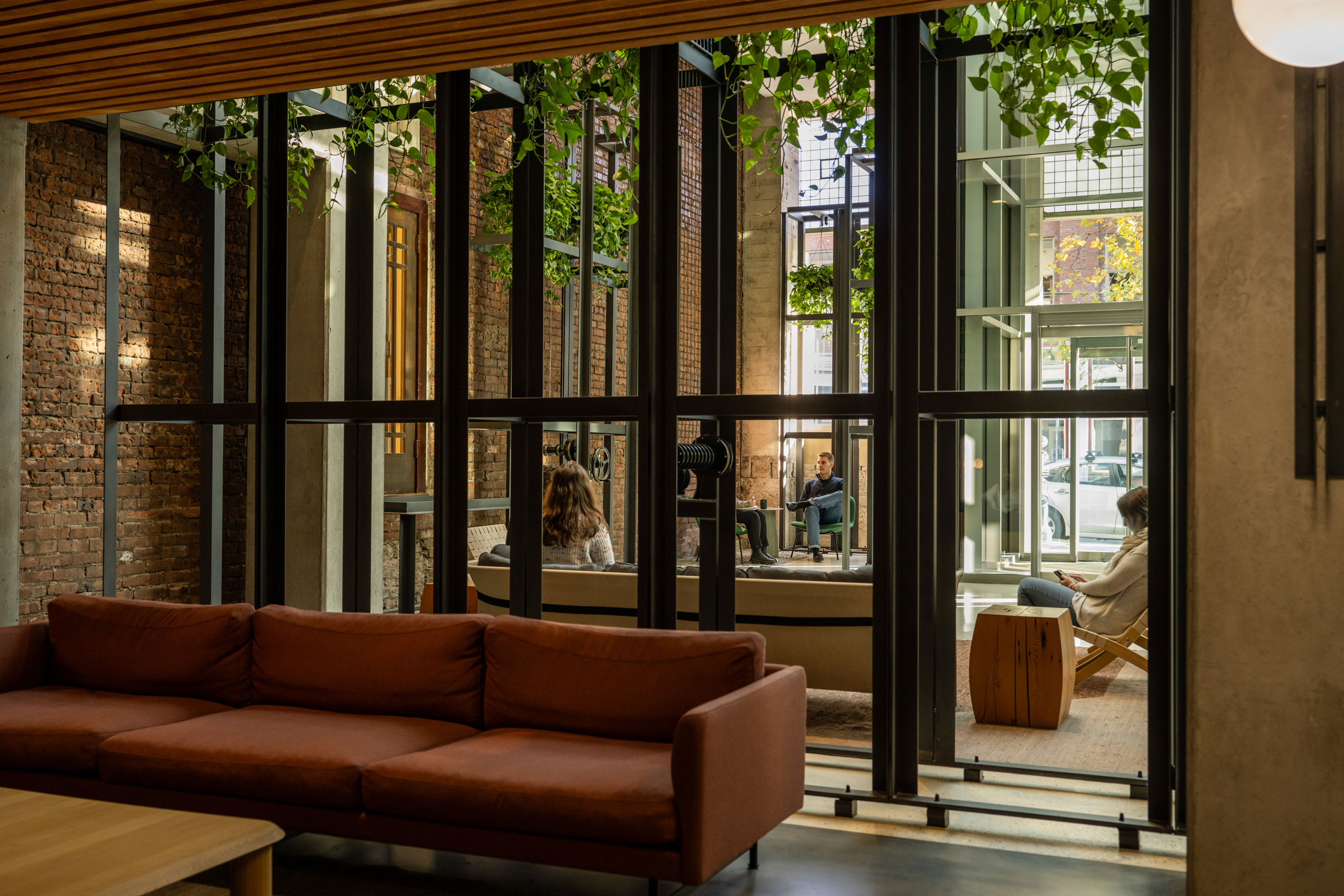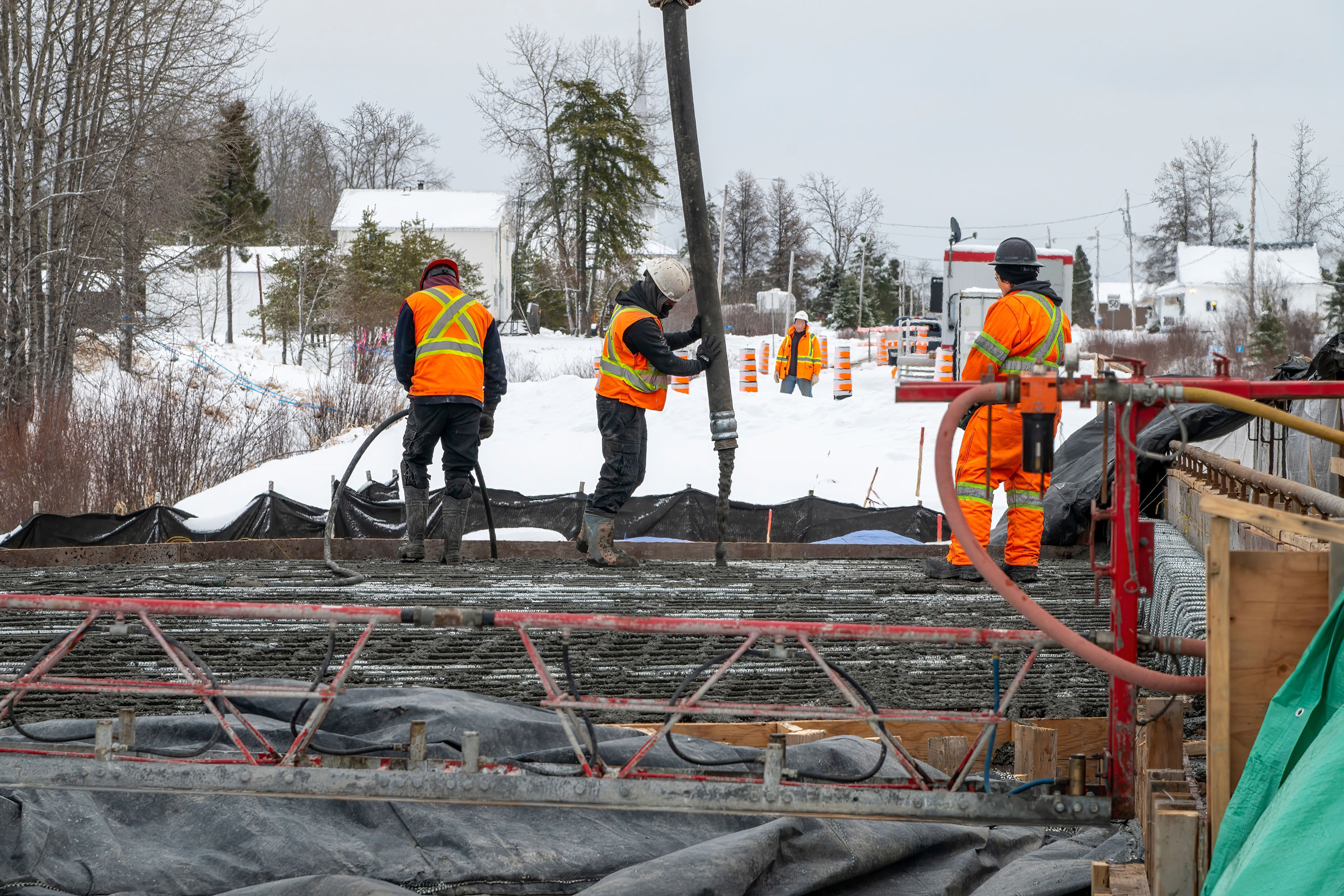Story at a glance:
- Straw bales are an affordable building material that can be used to construct extremely energy-efficient homes.
- In places where clay is abundant—like the American Southwest—adobe bricks can prove to be extremely affordable.
- Earth bags are perhaps the most universally affordable green building material available.
Sustainable construction is often criticized as being largely inaccessible to most projects, developers, and homeowners due to some of the higher upfront material costs associated with green building.
And while some green building materials can be costly, that isn’t the case for all materials. In this article we explore five affordable green building materials for residential construction.
1. Straw Bales
Straw has long been used for construction purposes around the world, with straw bales being used to construct houses in Germany as far back as the early 1600s; in the United States straw-bale construction has been a staple of Nebraskan architecture since the late 1800s.
Today straw bales are used as both a combined structural/insulation component—stacked in rows to form walls, which are then plastered over—or solely as insulation. When used structurally straw bales are typically stacked on a foundation and tied together with wire mesh or wood pins before receiving a coat of lime- or clay-based plaster to protect them from the elements.
Because the plants commonly used for straw—rye, oats, wheat, and rice—are easy to grow and are readily available in most places, straw bale construction is considered to be an affordable option, one that is cheaper or comparable in cost to a traditional stick-built home. Properly-assembled and maintained straw bale homes also offer long-term costs savings thanks to the high R-value of densely-packed straw, making them both affordable and cost-effective in the long term.
This energy efficiency contributes to straw bales’ status as a sustainable material, as does their low embodied carbon—a characteristic attributed to the fact that organic plant matter actively absorbs carbon as it grows and continues to sequester that carbon until it burns or decomposes.
2. Earthbags
Earthbags are, for the most part, exactly what they sound like—bags that have been filled with earth. More specifically, earthbags are a plastic bag or sack that is then filled with a mixture of local soil. This mixture generally contains moist subsoil with a sufficient clay content, as clay helps the sediment remain cohesive; in some cases, crushed volcanic rock or gravel may be used.
For construction purposes earthbags are laid out and stacked in staggered courses, similar to how brick walls are built. They are capable of supporting straight or curved walls and, in the case of the latter, often feature domed roofs. Once earthbag walls have been erected, they are finished with a plaster to help them better withstand the elements.
Because the bags themselves are inexpensive and filled with locally sourced soil—often collected from the build site itself—earthbags have an extremely low material cost. Earthbag construction also requires less specialized labor than traditional construction methods, allowing savvy DIY-ers to save on labor costs by doing all of the work themselves, greatly reducing total home-building expenses.
Despite typically being woven from plastic fiber, earthbags are considered to be extremely environmentally friendly, as they require very little (mechanical) energy to produce, last a very long time, and can be recycled once they reach the end of their life cycle. It is also possible to source earth bags that are woven entirely from recycled plastic, further reducing their environmental impact.
3. Adobe Bricks
Traditional adobe is a composite material composed primarily of sand, clay, and silt that has been mixed with water and some organic material like dung or straw that acts as a binding agent. This mixture is then pressed into a wooden frame to create bricks that, once dried, are exceptionally strong and may be stacked like conventional bricks to construct load-bearing walls or laid out in rows to form flat surfaces like roofs.
After adobe bricks have been put in place, they are covered with plaster, stucco, or whitewash to protect them from the elements. In places where clay is abundant and straw readily-available, adobe is one of the most affordable building materials there is, as bricks may be molded using a combination of on-site materials and locally-sourced straw, greatly reducing procurement and transportation costs. Costs may be reduced further if homeowners choose to mold and stack the bricks themselves, as the labor costs associated with adobe usually make up the bulk of the total expenses.
Because adobe bricks are typically produced using local materials, produce little-to-no carbon emissions during their manufacturing, and—if properly maintained—can last for hundreds of years, they are considered to be extremely sustainable. Adobe bricks also have a high thermal mass, allowing them to absorb heat during the day and release it at night; this ultimately helps to improve energy efficiency by reducing the need for active heating and cooling.
Adobe’s ability to passively regulate temperatures has made it a staple of the Pueblo, Spanish Colonial, and Mission architectural styles found throughout Southwestern North America; adobe buildings can also be found throughout Central and South America, Africa, the Middle East, Southern Europe, and certain parts of Asia.
4. Cob
Ingredient-wise, cob is similar to adobe in that it involves the mixing of clay-rich soil, sand, and fiber (typically straw) with water to form a malleable material that can then be used to construct freestanding structures. The main difference between the two, however, is that adobe is shaped into bricks whereas cob is used to sculpt monolithic structures from the ground up.
Like adobe, cob has enjoyed a long and far-reaching history of use as a construction material, with cob buildings distributed throughout Africa, the Middle East, the Southwestern United States, and even certain parts of Europe.
Because it is made from readily available natural resources—some of which may even be free—cob itself is an inexpensive and extremely sustainable material. Prospective homeowners looking to reduce building expenses further can choose to perform the labor themselves rather than hire contractors, as cob is a labor-intensive material to work with. Cob homes also enjoy long-term energy savings thanks to the material’s high thermal mass.
5. Papercrete
Concrete is often considered to be a relatively cost-effective building material, particularly when compared to masonry elements like brick or stone—but traditional concrete is far from being a sustainable material due to its extremely carbon-intensive manufacturing process.
Alternatives like papercrete, however, retain traditional concrete’s affordability while reducing its overall environmental impact. Made by mixing re-pulped paper fiber—a raw material that is easily and inexpensively sourced in most places—with cement or clay, soil aggregates, and water, papercrete is a lightweight alternative to concrete that may be used to construct walls and even entire small homes when properly reinforced.
Thanks to the material’s inclusion of recycled paper products, papercrete is considered to be an overall sustainable material; this is true even of papercrete that uses Portland cement rather than clay as a stabilizer, as it still requires less cement than conventional concrete.
Like many other materials on this list, however, papercrete is often only truly affordable if homeowners elect to complete most of the labor themselves, as mixing and pouring papercrete is a labor-intensive process that may lead to increased project expenses if outsourced to contractors.




